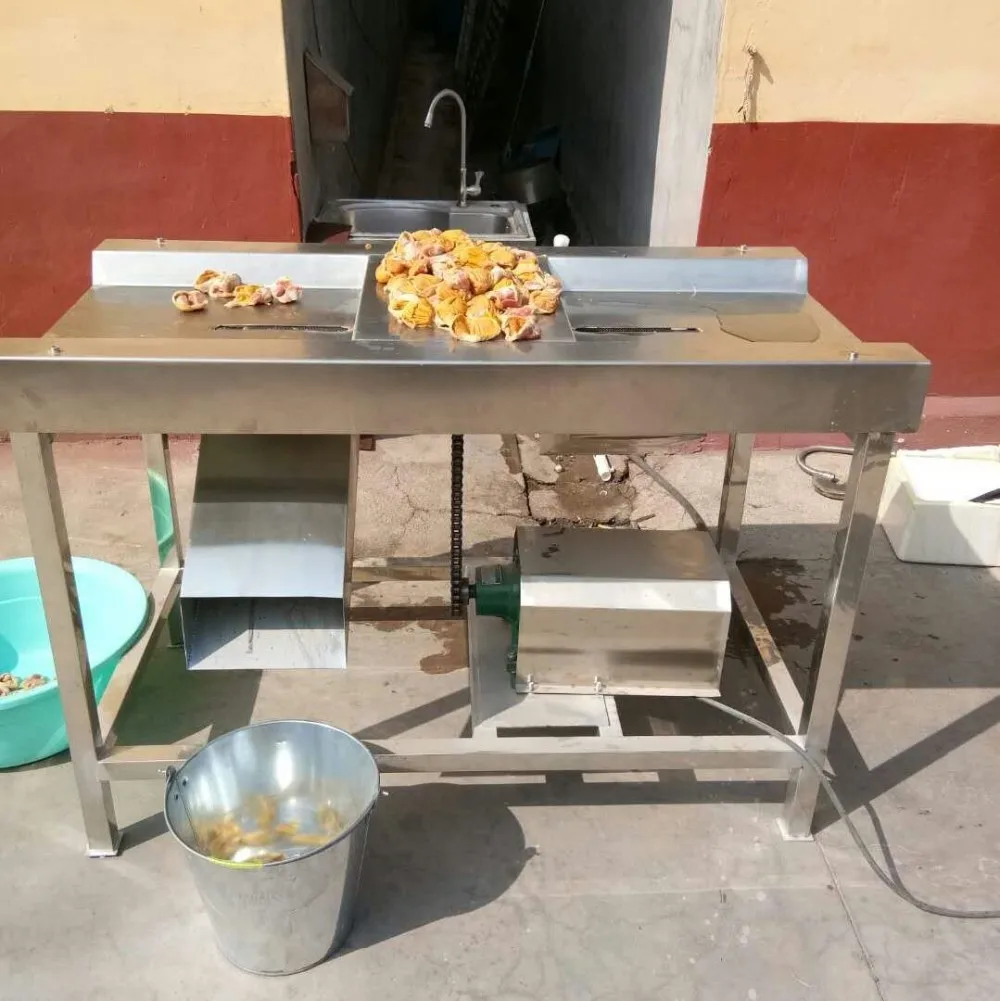Innovative Solutions for Automated Poultry Farming with Advanced Chicken Housing Systems
សីហា . 13, 2024 14:56 Back to list
Innovative Solutions for Automated Poultry Farming with Advanced Chicken Housing Systems
The Rise of Automatic Chicken Cages Revolutionizing Poultry Farming
In recent years, the poultry industry has witnessed significant advancements in technology, and one of the most noteworthy innovations is the automated chicken cage system. This modern solution is not just about convenience; it represents a crucial shift towards more efficient, humane, and sustainable farming practices. As the global demand for poultry products continues to rise, the adoption of automatic chicken cages is becoming increasingly essential.
Automatic chicken cages are designed to optimize the living conditions of hens while simplifying the management of poultry farms. These systems often include features such as automated feeding, watering, egg collection, and temperature control. By utilizing technology, farmers can significantly reduce the labor-intensive tasks that have traditionally dominated poultry farming. This shift allows farmers to focus more on the overall health and productivity of their flock rather than on menial daily tasks.
One of the primary benefits of automatic chicken cages is the improvement in animal welfare. Traditional farming methods can sometimes lead to overcrowding, which can cause stress and illness among hens. In contrast, automated systems ensure more spacious and comfortable living environments. For instance, many automatic cages are designed to provide adequate space, ventilation, and light, which are essential for the well-being of the birds. By prioritizing animal welfare, farmers not only enhance the quality of life for their flocks but also improve the quality of the eggs produced.
automatic chicken cage

Efficiency is another critical advantage of automatic chicken cages. By automating feeding and watering systems, farmers can ensure that hens receive the appropriate amount of nutrition and hydration at all times. This level of consistency leads to healthier birds and higher egg production rates. Moreover, automatic egg collection systems minimize breakage and contamination, ultimately increasing yield and profit margins. The reduction in manual labor also frees up time for farmers to engage in other productive activities, promoting a more streamlined operation overall.
Sustainability is a pressing concern in today's agricultural landscape, and automatic chicken cages can contribute positively in this regard. These systems often incorporate advanced technologies such as sensors and data analytics, allowing farmers to monitor their operations closely. By tracking variables such as feed consumption, water usage, and environmental conditions, poultry farmers can make informed decisions that reduce waste and optimize resource use. Additionally, with the decreasing need for manual labor, the overall carbon footprint of poultry production can also be significantly lowered.
As with any technological advancement, challenges do exist in implementing automatic chicken cages. Initial investment costs can be substantial, which may deter some farmers, particularly smaller-scale operations. However, the long-term savings, efficiency gains, and potential for increased production often justify the upfront expenditure. Furthermore, as technologies continue to develop and become more accessible, it is likely that these systems will become more affordable for a broader range of producers.
In conclusion, automatic chicken cages signify a transformative leap forward in the poultry industry. By improving animal welfare, enhancing efficiency, and promoting sustainability, these systems offer a promising solution to the challenges faced by modern poultry farming. As the demand for poultry products increases and the need for ethical and sustainable practices becomes paramount, the adoption of automatic chicken cages will likely play a critical role in shaping the future of agriculture. Embracing this technology not only benefits farmers but also contributes to a more responsible food production system that meets the needs of consumers and animals alike.
-
Commercial Rabbit Cages | European Design for Breeding Success
NewsAug.25,2025
-
High-Efficiency Feed Pellet Machine for Quality Animal Feed
NewsAug.24,2025
-
Automatic Drinking Line: Efficient, Hygienic Livestock Hydration
NewsAug.23,2025
-
High-Performance Feed Hammer Mill for Efficient Feed Grinding
NewsAug.22,2025
-
Best Feed Miller with Mixer | Vertical Animal Feed Solutions
NewsAug.21,2025
-
Premium Poultry Breeding Cages | Modern Layer Systems for Sale
NewsAug.19,2025






